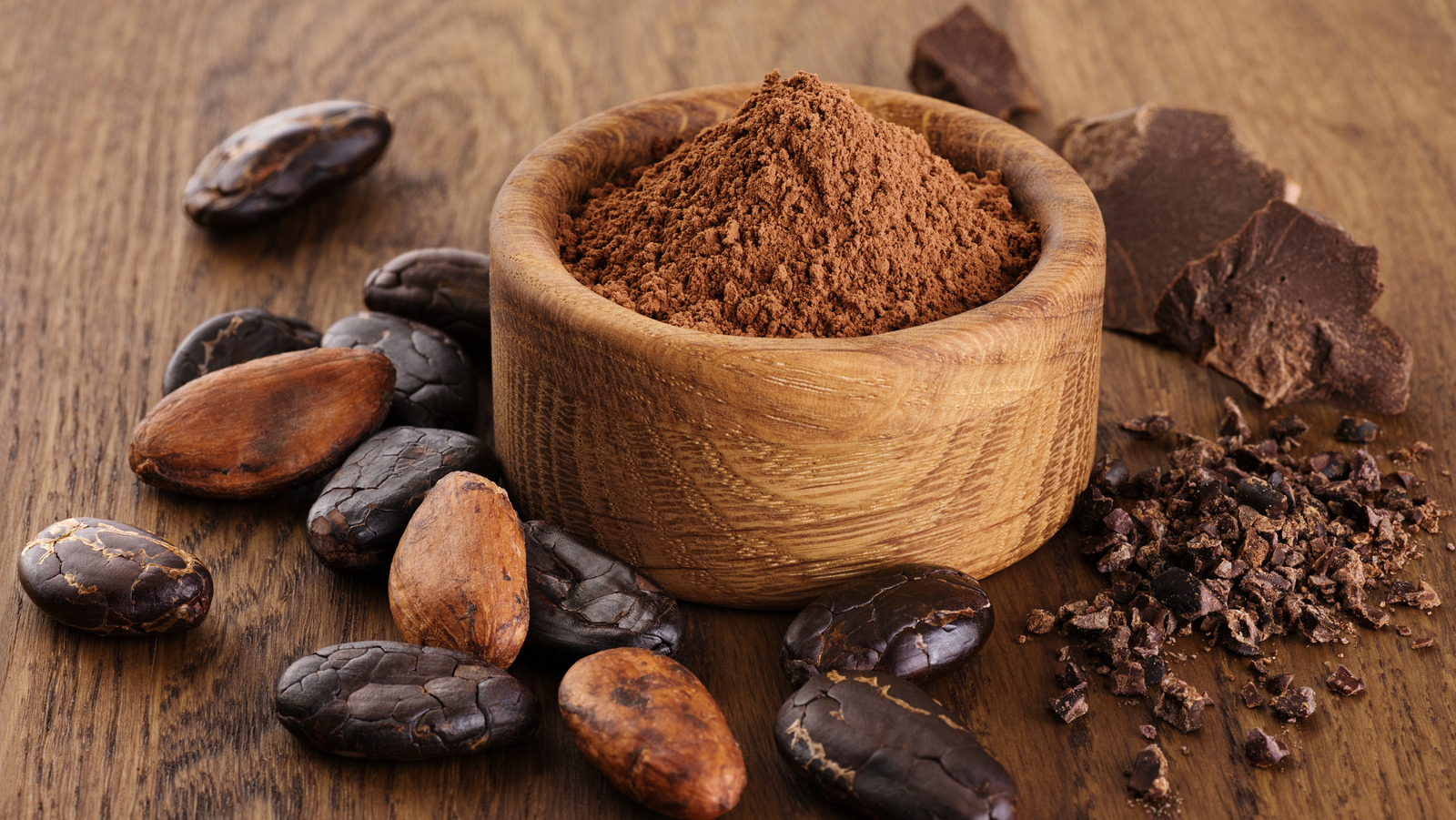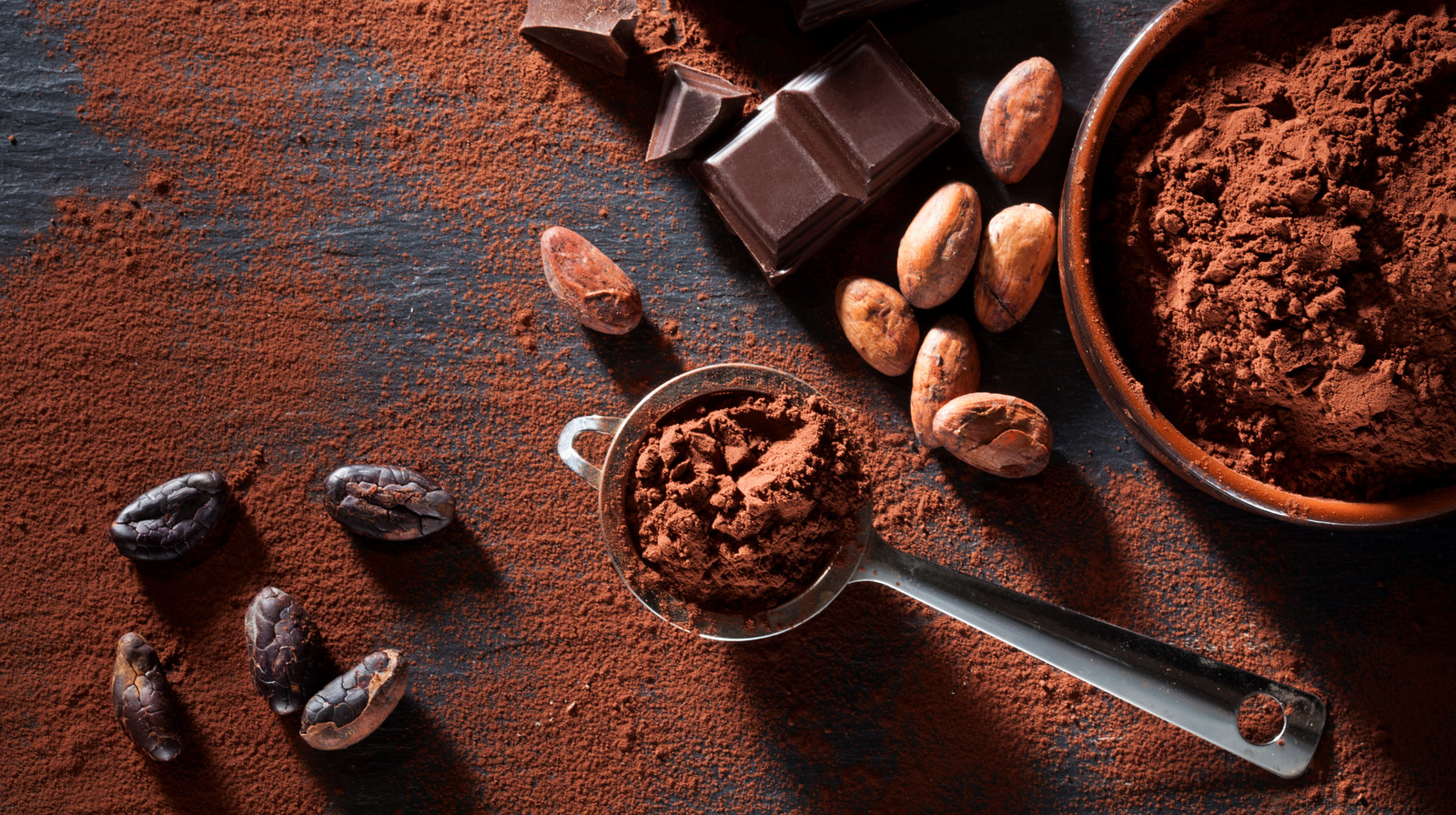Chocolate Prices Reach Crisis Levels as Cocoa Costs Soar to 10-Year High

Chocolate Prices Reach Crisis Levels as Cocoa Costs Soar to 10-Year High
In a startling development, the world’s sweetest delight, chocolate, is set to become a luxury for many as cocoa prices surge to their highest point in a decade. Chocoholics and confectionery lovers around the globe are bracing themselves for the bitter news as this vital ingredient faces a crisis of unprecedented proportions. The soaring cocoa costs are triggering a ripple effect throughout the chocolate industry, leading to the inevitable consequence of higher prices for this beloved treat.

Cocoa, the fundamental raw material for chocolate production, has been grappling with a supply-demand imbalance that has sent shockwaves across the market. In recent years, the demand for chocolate has surged to new heights, driven by the burgeoning middle-class populations in emerging economies and the unwavering love for cocoa-based delights in established markets. However, this ever-increasing appetite for chocolate has not been met with a commensurate rise in cocoa production, leading to a precarious shortfall that is now reaching a tipping point.
The global cocoa industry, which predominantly relies on West African nations like Ivory Coast, Ghana, and Nigeria for nearly 70% of its supply, has been facing numerous challenges. These include unfavorable weather conditions, pests, and diseases that have hampered cocoa cultivation and reduced yields. Additionally, issues like aging cocoa plantations, lack of sustainable farming practices, and socio-economic challenges faced by cocoa farmers have hindered efforts to enhance production.

In the last decade, the world has witnessed a significant rise in the popularity of premium and artisanal chocolates, characterized by higher cocoa content and superior quality. While this has delighted chocolate enthusiasts with an array of delectable options, it has also intensified the strain on cocoa supplies. The demand for cocoa with superior flavor profiles and ethically sourced origins has further exacerbated the supply-demand gap.
Moreover, environmental concerns have been plaguing the cocoa industry, as deforestation and unsustainable farming practices have raised alarms over the long-term viability of cocoa production. Several initiatives have been launched to promote sustainable cocoa cultivation, but the impact has been limited, and progress has been slow due to the complexity of the challenges at hand.
The recent surge in cocoa prices is primarily a result of this perfect storm of factors. As the industry grapples with the sustainability conundrum, the situation has been compounded by external factors. Climate change-induced weather fluctuations have disrupted cocoa cultivation, leading to volatile harvests and uncertainty in supply. Political instability and economic challenges in cocoa-producing regions have also cast shadows on the future availability of this precious commodity.

With the cocoa crisis reaching its zenith, chocolate manufacturers and confectioners are left with no choice but to pass on the increased costs to consumers. Brands that have been synonymous with affordable indulgence are reluctantly adjusting their pricing strategies, causing concern among consumers about the accessibility of their favorite treats.
As the price of chocolate continues its ascent, industry experts are voicing concerns about the potential impact on consumer behavior. Chocolate, once considered an everyday luxury for many, might gradually transition into an occasional indulgence for the privileged few. The cocoa price crisis has forced consumers to confront the possibility of a future where they may have to think twice before reaching for a chocolate bar or gift box.
Some consumers are already exploring alternative options, such as carob-based confections or cocoa substitutes. However, the distinctive taste and aroma have made it challenging for these alternatives to match the satisfaction of real chocolate. This shift away from cocoa-based products could have long-term implications for the entire chocolate industry, with manufacturers striving to innovate and find sustainable solutions to preserve their market share.
The soaring prices have also raised concerns for the confectionery and baking industries, where chocolate is a staple ingredient. From cookies and cakes to ice creams and pastries, chocolate plays a pivotal role in enhancing flavors and satisfying sweet cravings. If prices continue to escalate, it is inevitable that the costs of these baked and frozen delights will also rise, putting further strain on household budgets.
In response to the crisis, various stakeholders in the chocolate industry are seeking solutions. Cocoa-producing countries are exploring ways to improve agricultural practices, invest in research and development, and foster international collaborations to enhance cocoa yields and ensure sustainability. Organizations and NGOs are working towards empowering cocoa farmers with better resources, knowledge, and fair trade practices to improve their livelihoods and protect the environment.
Furthermore, chocolate manufacturers are revisiting their supply chains and sourcing strategies to minimize the impact of price fluctuations. Some brands are actively promoting transparent sourcing, ethical practices, and environmental conservation to appeal to conscious consumers willing to support sustainable efforts.
In conclusion, the current price crisis is a wake-up call for the chocolate industry and consumers alike. It highlights the fragility of the global cocoa supply chain and the urgent need for sustainable solutions. While the future of chocolate might seem uncertain at this juncture, it is crucial for all stakeholders to come together, innovate, and invest in a more resilient and sustainable cocoa industry. Only then can we ensure that chocolate remains an affordable delight for generations to come.



